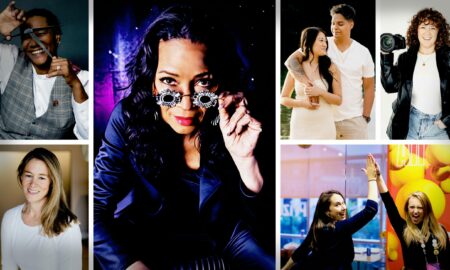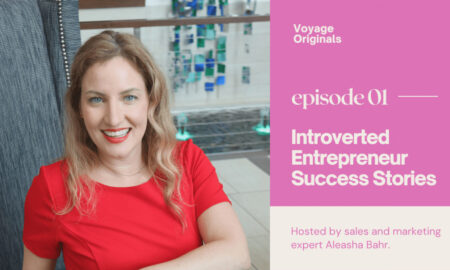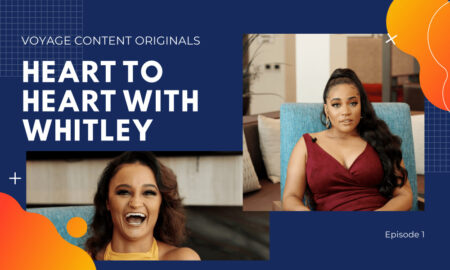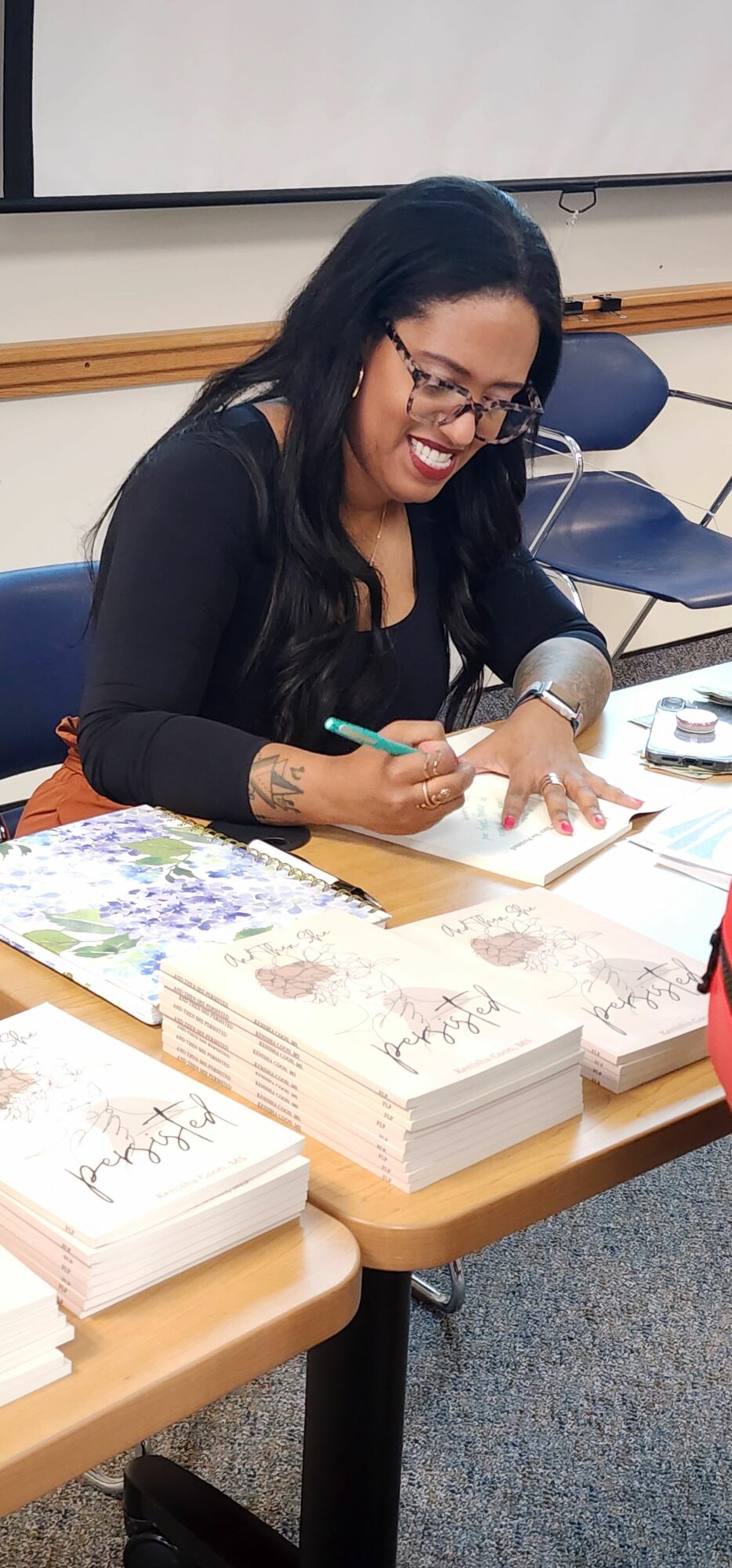

We’re looking forward to introducing you to Kenisha Coon. Check out our conversation below.
Kenisha, a huge thanks to you for investing the time to share your wisdom with those who are seeking it. We think it’s so important for us to share stories with our neighbors, friends and community because knowledge multiples when we share with each other. Let’s jump in: What’s more important to you—intelligence, energy, or integrity?
If I had to choose, integrity will always come first for me. Intelligence can sharpen your skills and energy can push you forward, but without integrity neither truly matters. Integrity is the thread that holds everything else together. It is the compass that keeps you aligned when no one is watching and the voice that reminds you to do what is right even when it is inconvenient or costly.
In my life and work, especially in spaces like child welfare and DEI, I have seen how decisions ripple out to impact entire communities. Without integrity, intelligence can be used in harmful ways and energy can be misdirected. When you root yourself in integrity, you create a foundation for trust, accountability, and meaningful change. For me, that is not just important, it is non-negotiable.
Can you briefly introduce yourself and share what makes you or your brand unique?
My name is Kenisha Coon and I am a nationally recognized leader in child welfare and Diversity, Equity, and Inclusion. I have spent more than fifteen years working at the intersection of systems change, leadership development, and equity, with a focus on creating lasting change for children, families, and communities who are too often overlooked or underserved. I am also the founder of Kenisha Coon Consulting, where I design and deliver transformative training, evidence-based coaching, and strategic consulting to help organizations lead with purpose and embed equity into every layer of their work.
What makes my work unique is that it is deeply personal. I grew up in an abusive and neglectful home, which shaped my understanding of resilience, advocacy, and the urgency for systemic reform. That lived experience, combined with my academic background as a PhD candidate studying evidence-based coaching in child welfare, allows me to bring both heart and data to the table. My memoir And Then She Persisted shares this journey, and my upcoming book Reimagine Equity continues that conversation by offering strategies for equity-centered systems change.
Right now, I am working on expanding my speaking and training work nationwide, collaborating with leaders across sectors, and building digital resources to make equity-driven leadership tools more accessible to organizations and communities everywhere. Everything I do is grounded in the belief that when you commit to leading with integrity, cultural responsiveness, and courage, you can create lasting change that outlives you.
Okay, so here’s a deep one: What breaks the bonds between people—and what restores them?
What often breaks the bonds between people is a loss of trust. I have lived this truth both personally and professionally. In my own life, especially in my childhood, trust was fractured early. Growing up in an abusive and neglectful home, the people who were supposed to protect me were the same people who caused harm. That kind of betrayal leaves deep marks. You learn quickly that words can be empty and that promises can be broken without warning. In And Then She Persisted, I share how those early experiences shaped the way I see relationships and how fragile bonds can be when they are not nurtured with honesty, respect, and care. I have also seen this in my work in child welfare and DEI, families, communities, and entire systems can fracture when there is a pattern of broken promises, poor communication, or systemic harm that goes unacknowledged.
What restores those bonds is honesty paired with vulnerability. I know this because I have lived the slow, often painful process of rebuilding trust, both in my personal life and in the systems I work within. For me, restoration has come when people have been willing to face hard truths, to sit in discomfort, and to own their part in the hurt. In my work, I have seen communities heal when leaders admit mistakes and commit to change in ways that go beyond statements and policies, showing through action that they are listening and responding. On a personal level, I have had to learn how to let people in again, how to believe that some relationships can be safe, and how to extend grace without losing my boundaries. In every case, restoration has required consistency, patience, and a willingness to prioritize reconnection over being right. It is a choice both sides have to make, to come back to the table not to defend themselves, but to truly see and hear each other again.
What have been the defining wounds of your life—and how have you healed them?
The defining wounds of my life began in childhood. I grew up in an abusive and neglectful home where safety and stability were never guaranteed. The people who were supposed to protect me were often the same people who caused harm. That experience left me carrying the deep wounds of betrayal, abandonment, and feeling unseen. It shaped the way I viewed trust, relationships, and even my own worth. For years, I navigated life with the belief that I had to fight for every ounce of safety, love, and belonging.
Another defining wound has been the experience of racism and being othered as a biracial woman raised in a white household. I learned early what it felt like to have my identity misunderstood or erased, to constantly navigate spaces where I did not fully belong. Those moments cut deeply because they were not just about difference, they were about the denial of my full humanity. They also became some of the most transformative chapters of my story, both in my life and in my work.
Healing has not been quick or linear. It has come through therapy, through the hard work of untangling the messages I internalized as a child, and through surrounding myself with people and communities that see me fully and love me as I am. Writing my memoir, And Then She Persisted, was a huge part of that process, it forced me to face my story head-on, to give language to the pain, and to reclaim my narrative on my own terms.
I have also healed by turning my wounds into fuel for change. My work in child welfare, DEI, and systems change is deeply rooted in wanting to ensure that others do not have to experience what I went through. Coaching leaders, training organizations, and advocating for policy change are ways I take my pain and transform it into purpose. While the scars remain, they remind me of my resilience, my capacity to love despite betrayal, and my belief that even the deepest wounds can become the source of our greatest strength.
I think our readers would appreciate hearing more about your values and what you think matters in life and career, etc. So our next question is along those lines. Is the public version of you the real you?
Yes, the public version of me is real, but it is not the whole of me. What people see on a stage, in a training room, or even in my writing is absolutely authentic, it comes from my lived experience, my passion for justice, and my belief in the power of change. I share my story openly, and I do not sugarcoat the hard parts. That part of me is very real.
But like anyone, there are layers I protect. The public version of me carries a level of strength, polish, and composure that has been built over years of surviving and leading. The private version of me has moments of deep exhaustion, self-doubt, and grief that are not always visible to others. In my personal life, I am softer, sillier, and sometimes more vulnerable than the world gets to see.
I think of it as a balance. I bring my true self forward in every public space I enter, but I also reserve the right to hold certain pieces of myself sacred. Protecting those pieces does not make me less authentic—it keeps me whole. What people see is real, but it is not everything, and that is how I stay grounded while doing work that is often heavy and deeply personal.
Thank you so much for all of your openness so far. Maybe we can close with a future oriented question. What is the story you hope people tell about you when you’re gone?
I hope people say that I showed up with courage, even when it was hard, and that I used my voice to create space for others to be heard. I want them to remember me as someone who was unafraid to challenge systems that caused harm, but who also led with compassion and humanity. I hope they say I stood firmly in my values, that I spoke truth even when my voice shook, and that I never forgot the people and communities I was fighting for.
I want the story to be that I turned my pain into purpose. That I took the wounds of my childhood, the experiences of being unseen and unheard, and transformed them into a life dedicated to building bridges, shifting power, and making sure others knew they mattered. I hope people remember that I was a mother first, that I loved my children fiercely, and that I tried to model for them what it means to live with integrity, resilience, and heart.
More than anything, I want them to say that the work I did and the way I lived made things a little more just, a little more compassionate, and a little more possible for someone else. That even after I was gone, the seeds I planted continued to grow.
Contact Info:
- Website: https://www.kenishacoon.com
- Instagram: https://www.instagram.com/kcoon9288/
- Linkedin: https://www.linkedin.com/in/kenisha-coon-64846021/
- Facebook: https://www.facebook.com/kenisha.coon
- Youtube: https://www.youtube.com/@KenishaCoon
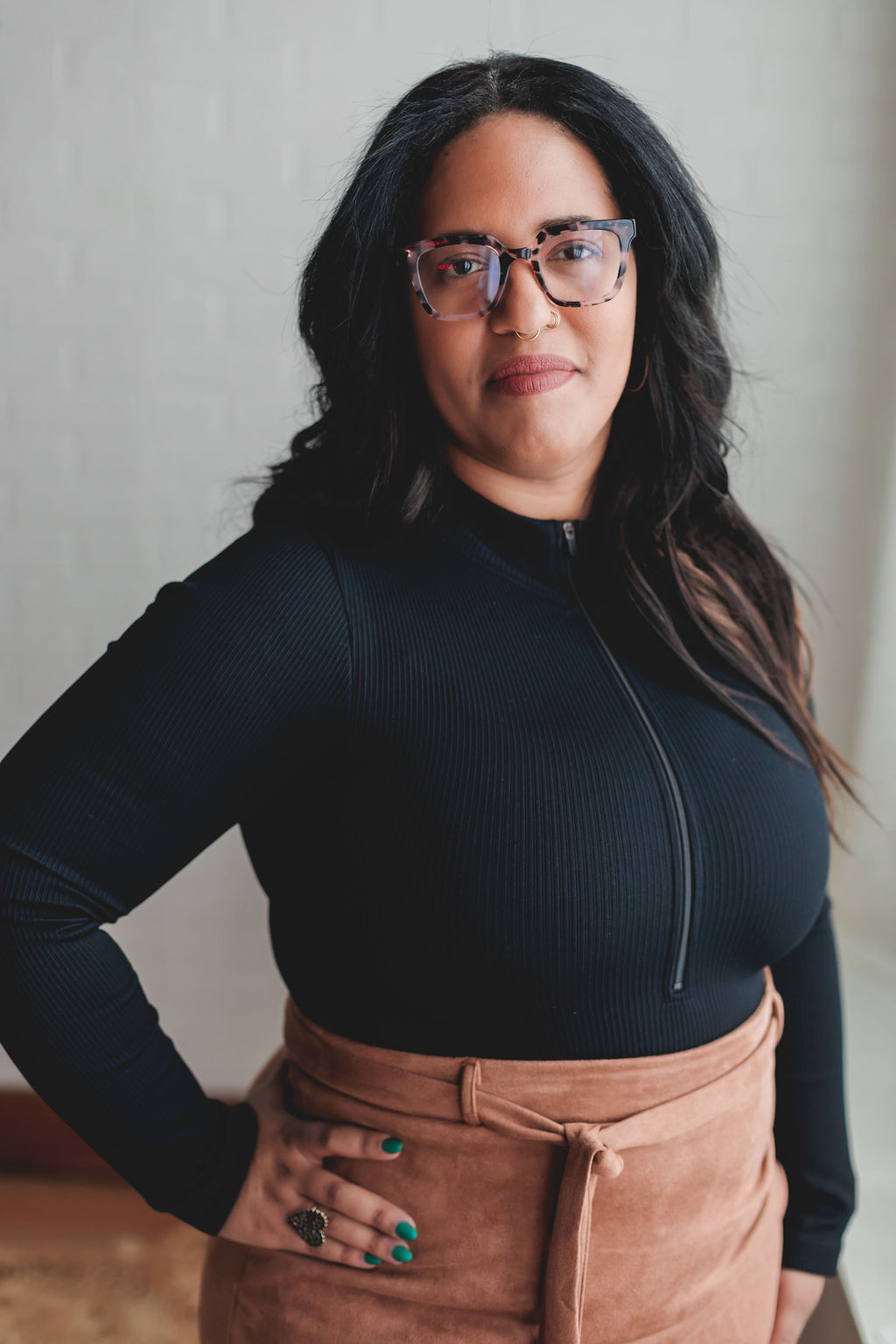
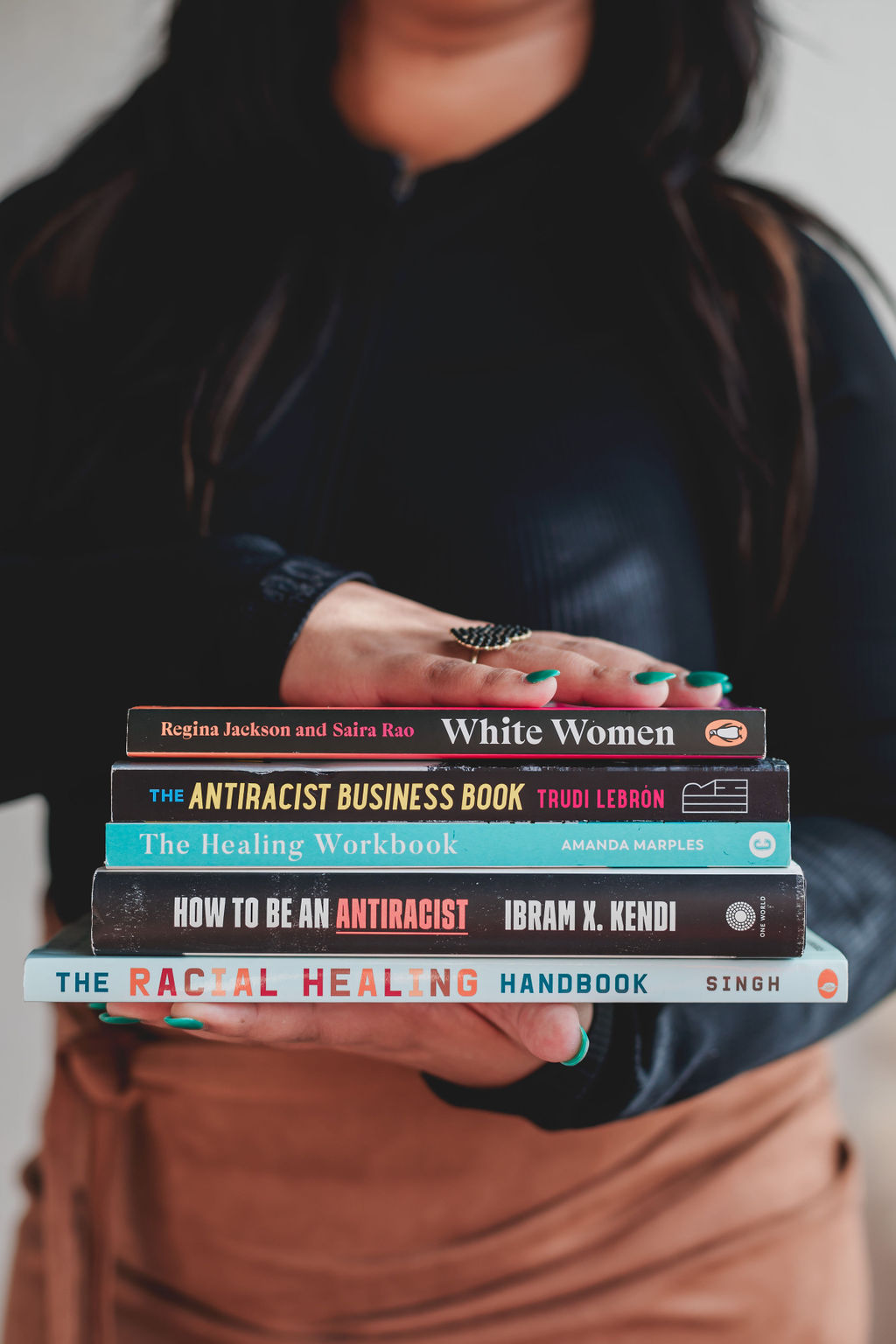
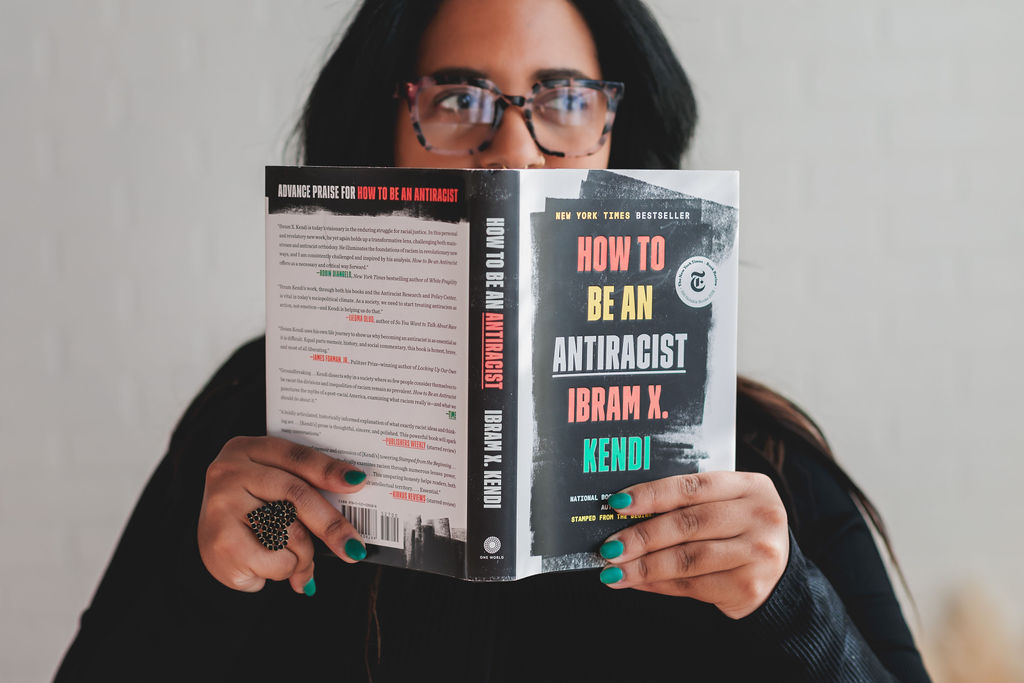
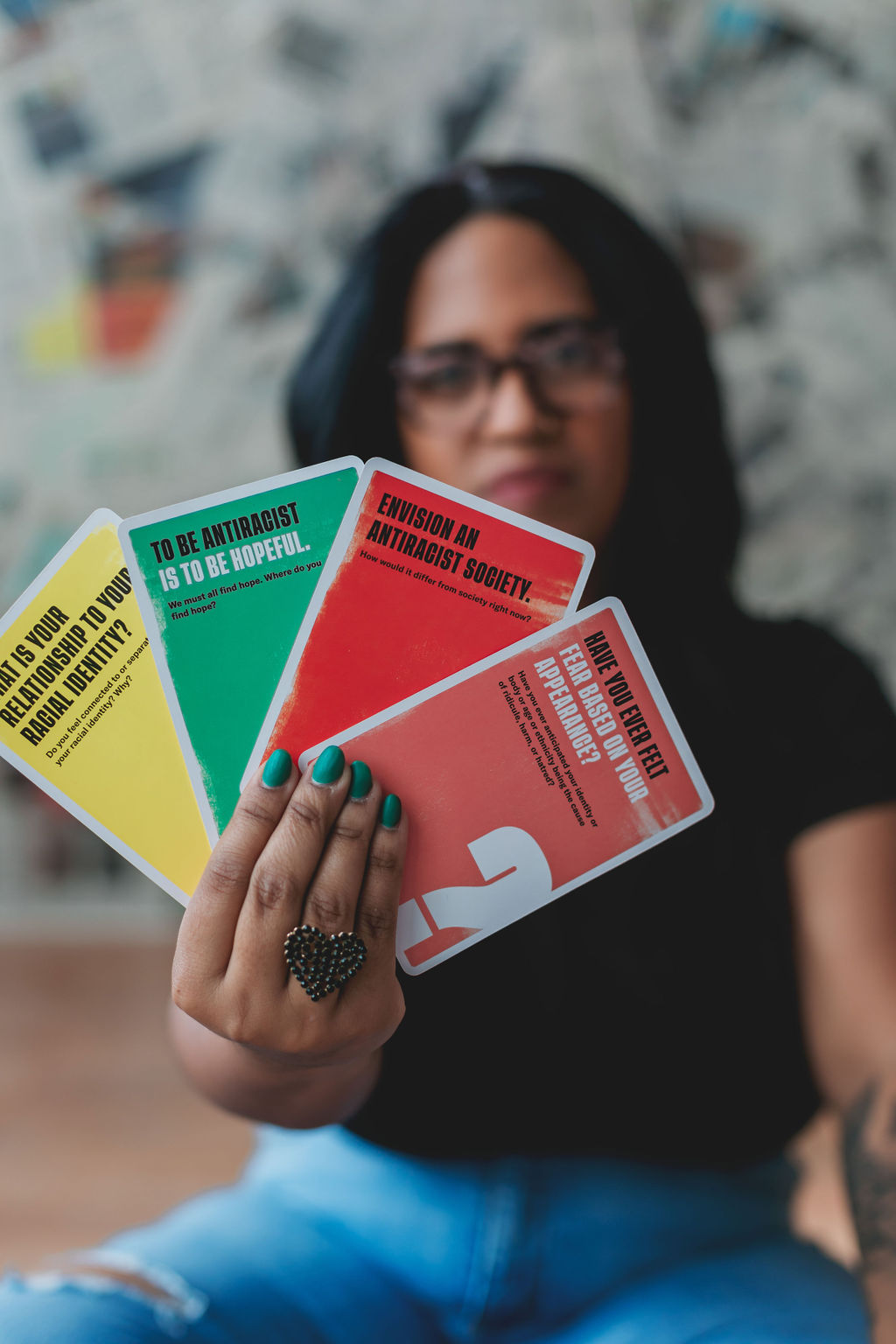

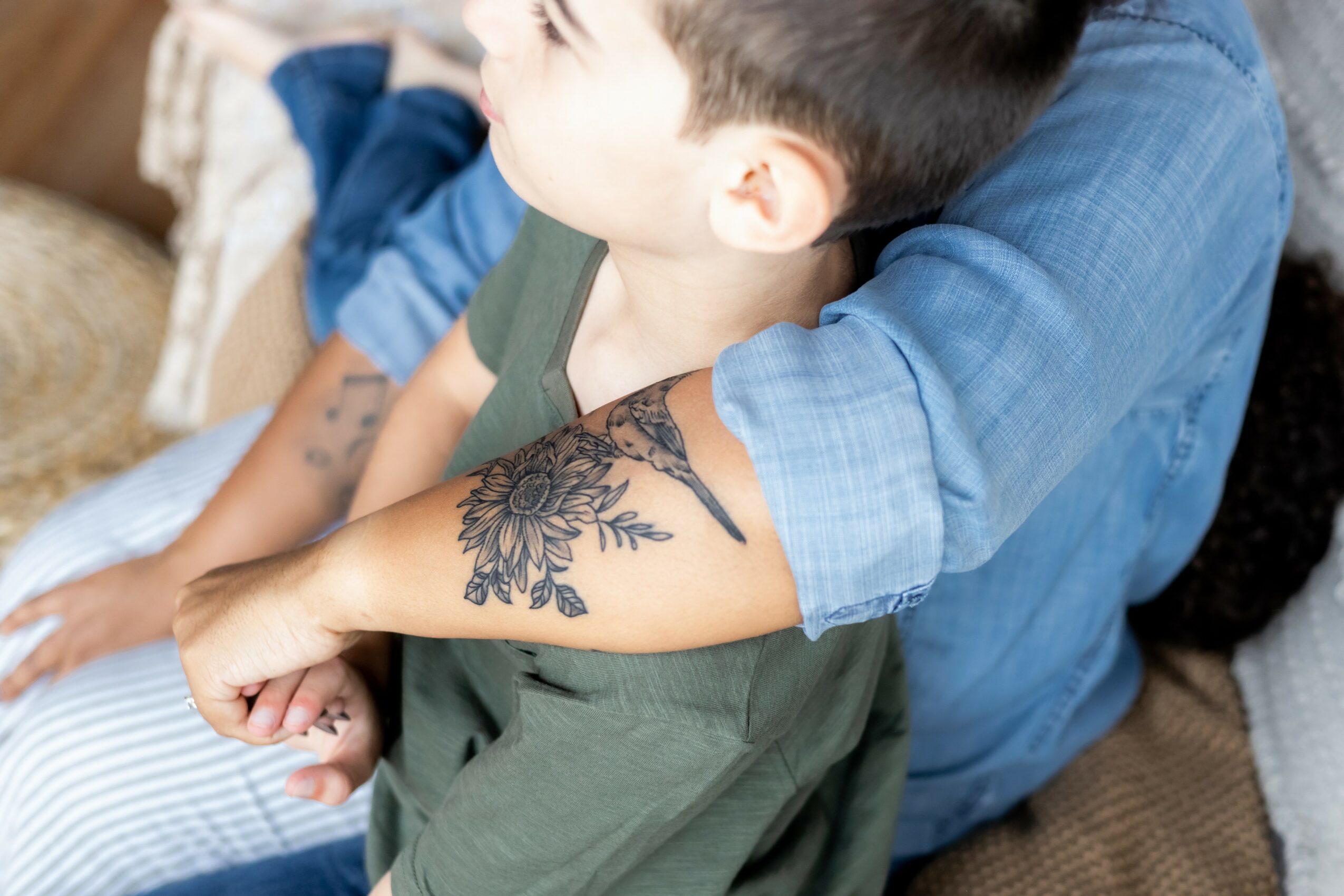
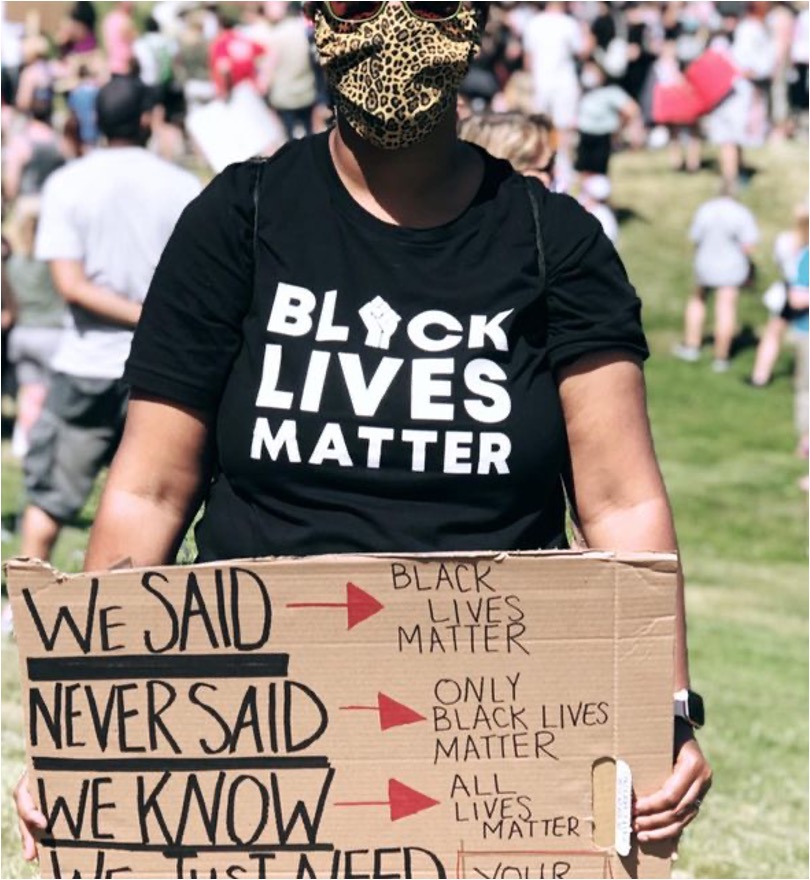
Image Credits
elliefrancesphotography
the.jones.photo.co

